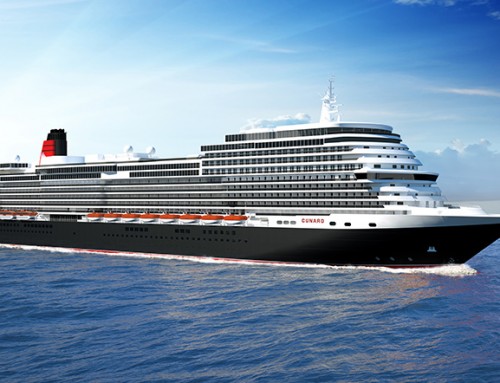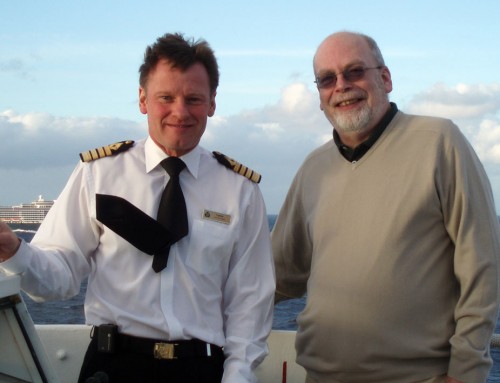Cruise ships and their passengers contributed a record £2.5 billion to the UK economy last year – almost exactly the same as British holidaymakers spend on package trips to Spain.
Figures calculated by Cruise Lines International Association (CLIA) show that the cruise industry’s total contribution to European economies was £13.5 billion.
With 1.7 million British holidaymakers choosing to take a holiday at sea, we are the biggest cruise market this side of the Atlantic, accounting for 27.7 per cent of all European passengers.
The figures also reveal that Southampton is the busiest port in Europe for passengers embarking and disembarking from cruise ships, although in terms of overall numbers of visiting passengers it falls behind Barcelona, Civitavecchia (Rome) and Venice.
More than 11,000 jobs across the South-East of England are supported by the port and each cruise ship turnaround is estimated to contribute around £2.5 million to the local economy.
Southampton is one of 19 UK ports offering cruise ship turnarounds and the number of British jobs supported by the cruise industry has grown to 66,059 -20 per cent of the total number of cruise-dependent jobs in Europe.
Andy Harmer, director of CLIA UK & Ireland, said: “These figures demonstrate the continued and growing strength of the British cruise market.. The cruise industry is a significant growth vehicle for the UK economy, contributing more in expenditure and jobs each year.”
Europe also benefits from the cruise shipbuilding industry and all but two of the vessels under construction between now and 2016 will be built in European yards.
Construction of ships on order in Italy, Germany, France and Finland is estimated to be worth more than £9 billion.
There were less encouraging figures emerging from an American survey this week. The J. D. Power cruise line satisfaction report discovered that almost one in five passengers encountered a problem during their cruise.
The report measured customer satisfaction based on seven key factors: service, stateroom, embarkation and disembarkation, entertainment, cost, and excursions. No UK brands figured in the survey.
Disney Cruise Line was ranked highest for customer satisfaction with a score of 871 out of 1,000, significantly higher than the report average of 824. Royal Caribbean came second, with 838 – performing particularly well for service – and Holland America was close behind on 835.
Norwegian Cruise Line (817) and Carnival Cruise Lines (810) were the two companies whose scores were below average, while Celebrity (828) and Princess (826) filled the other places.
“Many cruise lines in the report have very high levels of passenger satisfaction, well above the report average; however, for more than a year, the overall industry has been dealing with a lot of negative news affecting customer perceptions, expectations and trust,” said Ramez Faza, senior account manager of the global travel and hospitality practice at J.D. Power.
“To raise the bar, the industry must focus on meeting the needs of the nearly 20 percent of passengers who experience a problem with their cruise line experience. Cruise lines need to understand the causes of customer dissatisfaction and determine what will motivate them to come back.”





Leave A Comment